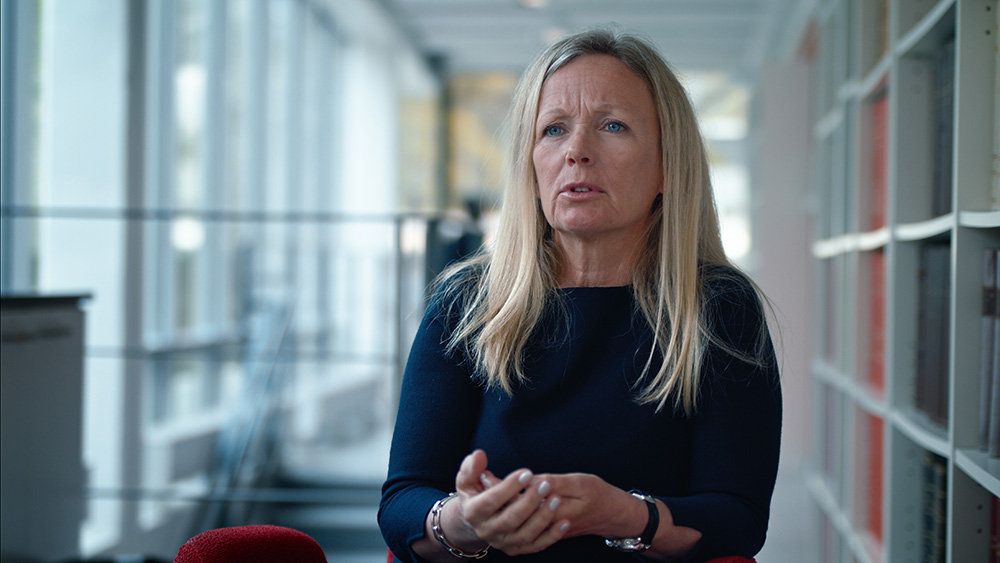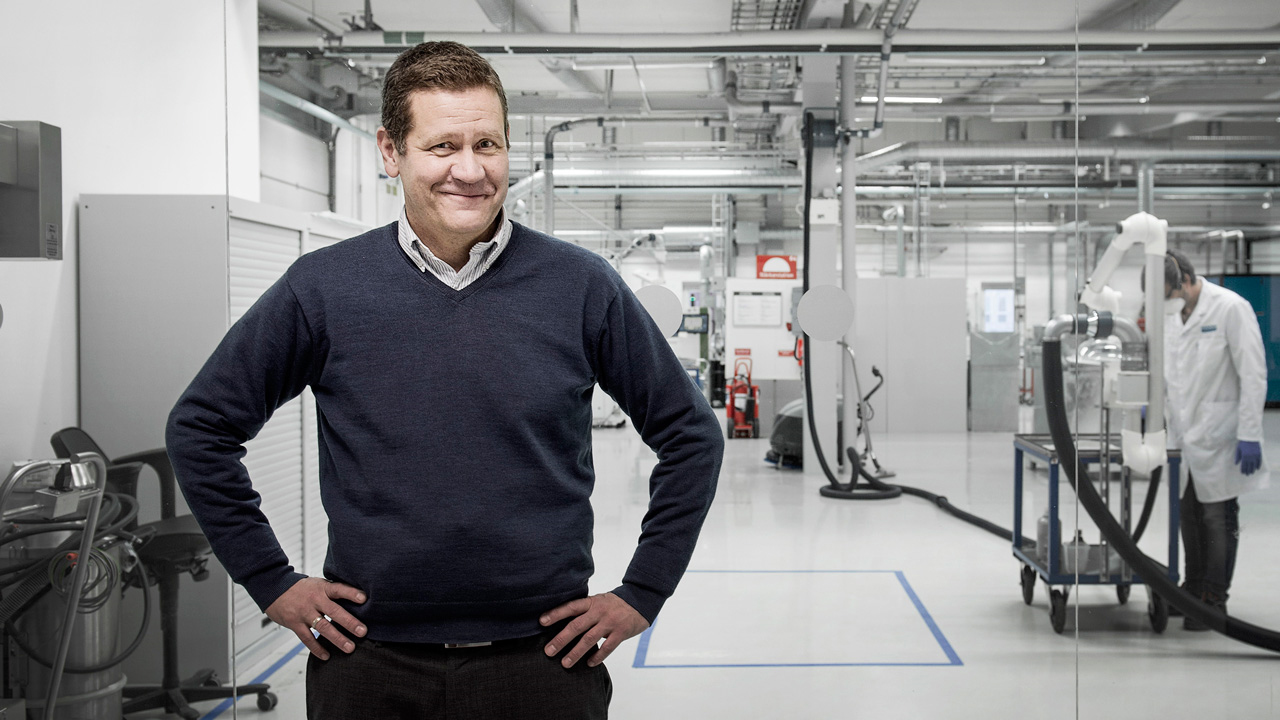Revolutionary processes like AM make materials evolve to perfection
Rather than looking for brand new materials, material scientists today are focusing on developing existing materials into perfection through revolutionary new processes, such as additive manufacturing, or 3D printing. The results of their work will undoubtedly change the world around us – and possibly help to save it. Sandvik’s 3D printed diamond composite is a perfect example.
The development of new materials is perhaps one of the most important endeavors of humanity, defining historic periods and changing the way the world around us looks. After all, the stone, iron and bronze ages were so named because of the materials that were most in use during those times. When it comes to thinking about tomorrow’s materials today, the biggest focus is on sustainability. And material science is key to making secure, clean and efficient energy systems possible as well as making a whole range of industries, from transportation to manufacturing, sustainable.
Additive manufacturing will open up completely new ways of using the same types of materials that we have today, by building in the properties that we need
Annika Borgenstam is a professor at the Department of Materials Science and Engineering at Stockholm’s KTH Royal Institute of Technology.
“Building lighter constructions will mean that less transportation of material is necessary and less material needs to be produced. Both factors lead to less CO2 emissions. Stronger materials also mean that aircraft and cars and such will weigh less, which means less CO2 emissions.”
 Annika Borgenstam, Professor at the Department of Materials Science and Engineering, KTH Royal Institute of Technology
Annika Borgenstam, Professor at the Department of Materials Science and Engineering, KTH Royal Institute of Technology
Additive manufacturing is an important enabler to make components lighter, stronger and more flexible than ever before. It is also a very sustainable technology, since material waste is minimized in the process. It has also opened up completely new ways of using the same types of materials that we have today, by building in certain properties and allowing products to be topologically optimized.
Material scientists are also searching for materials that can withstand higher temperatures and more corrosive atmospheres. But rather than looking to actually develop brand new materials, today the big push within the industry involves the (often radical) restructuring of existing materials, using revolutionary new processes such as additive manufacturing, also known as 3D printing.
“Additive manufacturing will open up completely new ways of using the same types of materials that we have today, by building in the properties that we need,” says Borgenstam.
Sandvik’s process for 3D printed diamond composite is a very good example when a new and revolutionizing process can open up completely new possibilities for an existing material. Until now, production of super hard diamond materials only has allowed for a few simple geometric configurations to be formed – and they normally require high pressures and temperatures to be successful, which is very expensive. By using additive manufacturing and a tailor-made post-processing method, Sandvik has managed to create diamond composites without any high-pressure stages – and which can be formed into almost any shape.
Sandvik – a world leader in materials technology
Sandvik has been developing new materials for more than 150 years. Today it is one of the world’s leading developers of new materials. The company knows that staying ahead of current trends is essential to meeting customer as well as societal demands.
Materials science has become very mature. Sandvik is now at atomic levels in designing materials, allowing to move atoms about to also create new compositions of existing materials. Computational modeling allows to see what kind of new compositions could be possible and what would be needed to realize those.
When it comes to the first 3D printed diamond composite, Sandvik’s key strengths became very obvious for this type of project.
“It was incredible to see what we can achieve when we combine Sandvik’s leading expertise in materials technology and our strong capabilities in additive manufacturing – and post processing,” said Mikael Schiusky, PhD and Head of R&D and Operations at Sandvik Additive Manufacturing. “We have some of the world’s leading experts in both materials and additive manufacturing, which in a case like this can benefit many industries around the globe – when it will be possible to use diamond in applications and shapes never conceived possible before.”
 Mikael Schuisky, Head of R&D and operations, Sandvik Additive Manufacturing
Mikael Schuisky, Head of R&D and operations, Sandvik Additive Manufacturing